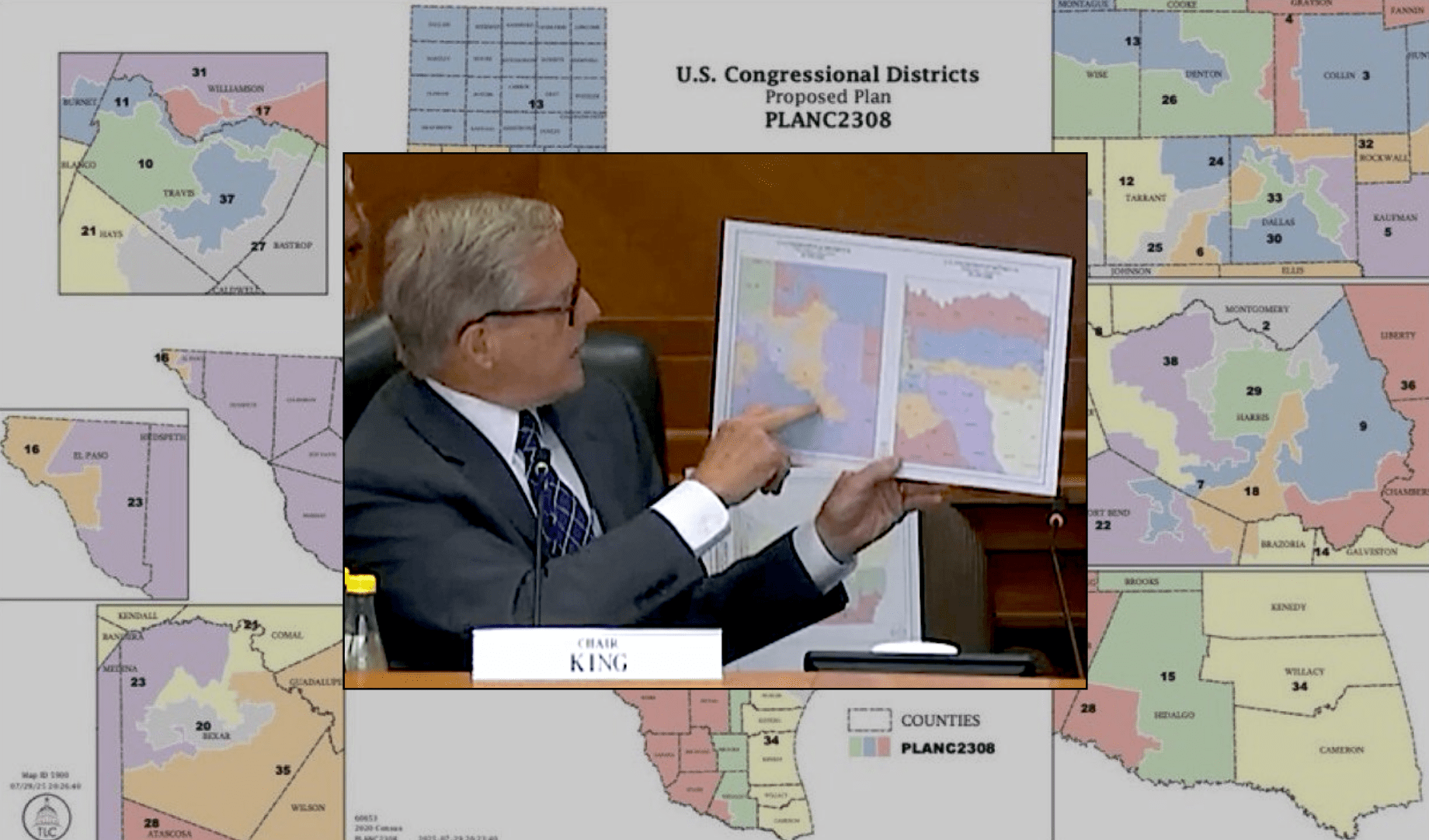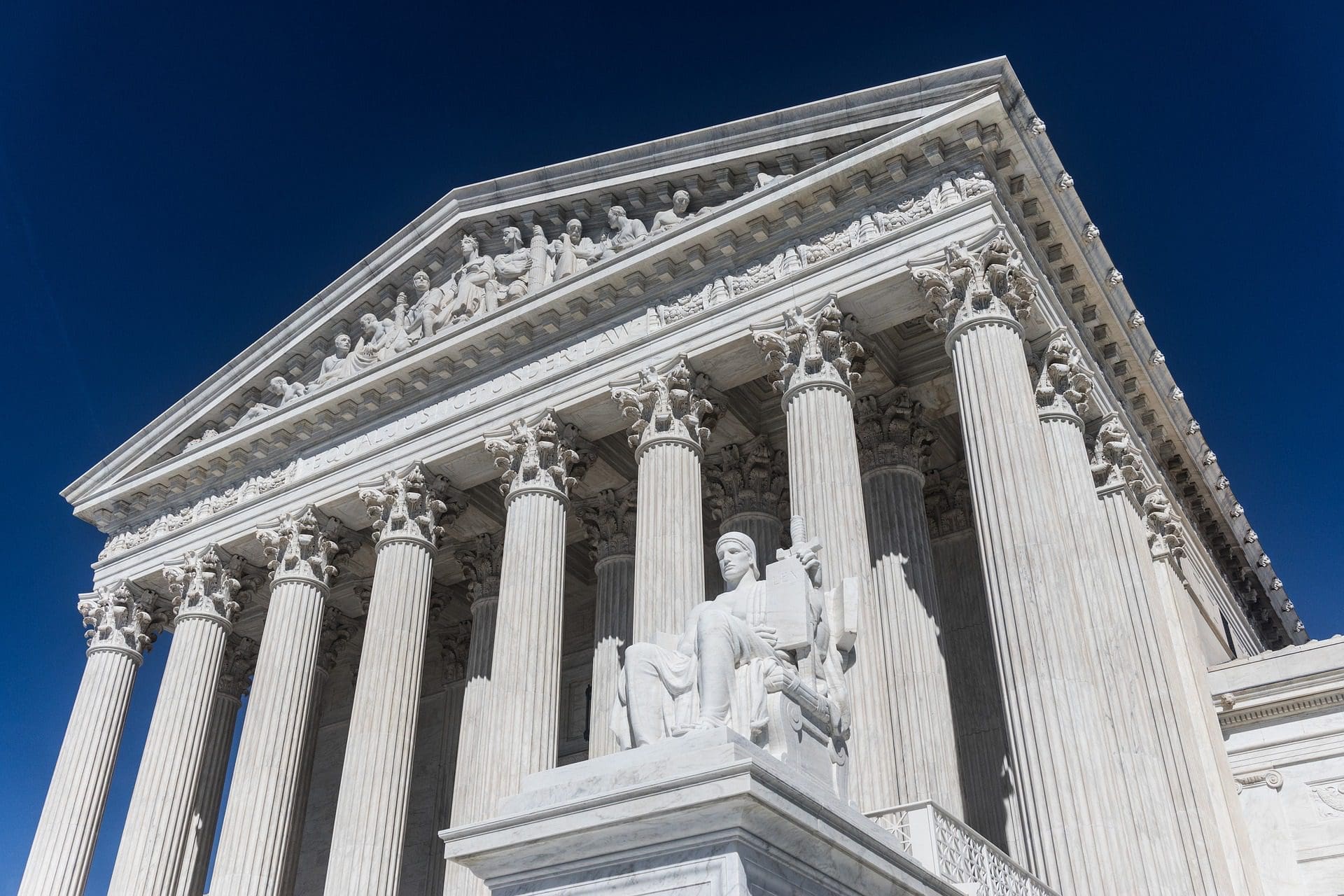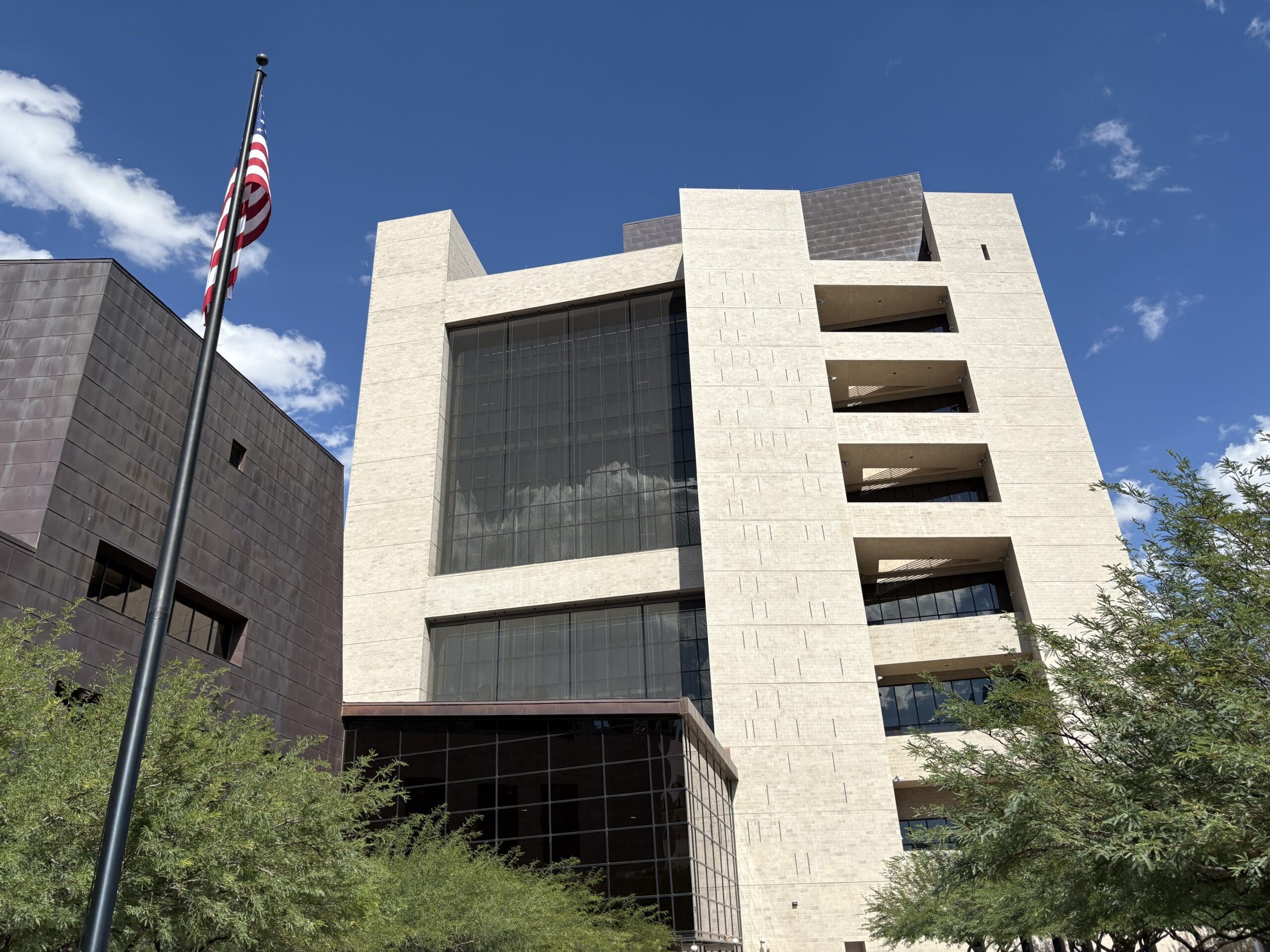A Republican plan to create five new GOP-opportunity congressional districts is headed to the Texas Senate for consideration and likely approval.
During a hearing on Thursday, the Senate’s Select Committee on Congressional Redistricting voted 6-1 along party lines to approve the plan, which mirrors a measure stalled in the House by a Democrat walk-out.
State Sen. Borris Miles (D–Houston), who was in Massachusetts earlier this week protesting the Republican redistricting plan with fellow Democrats, abstained from voting.
Miles called Thursday’s hearing “political theater at its finest.”
State Sen. Carol Alvarado (D–Houston), who protested with Miles in Massachusetts, was absent. State Sen. Juan “Chuy” Hinojosa (D–McAllen) voted no.
The vote followed public testimony on the redistricting plan filed by committee chairman State Sen. Phil King (R–Weatherford) as Senate Bill 4.
SB 4 proposes the same map (PlanC2308) included in the House’s redistricting legislation, House Bill 4.
HB 4 was voted out of committee last week but is stalled in the House until enough Democrat representatives show up to make a 100-member quorum.
King said 205 people testified during four earlier hearings, and more than 3,600 public comments were submitted online.
No one showed up to a Wednesday hearing for invited witnesses—including the entire Democrat congressional delegation—who had complained at previous hearings that no map was available.
“I had presumed based on the earlier testimony that if they have any concerns over legality regarding this map, that they would come today and provide testimony regarding their concerns,” said King.
Before taking public testimony Thursday, King explained redistricting history and criteria.
“The legislature can choose, and has chosen many times, to redistrict during a special session. And we can, frankly—lawfully and by precedent—redistrict at any time,” said King. “All states have very broad authority … to choose when to do redistricting.”
He said the most important legal requirement for drawing congressional districts is keeping population as close to equal as possible to meet a one-person, one-vote standard.
While the proposed map meets that standard, King noted it is based on data from the flawed 2020 Census that undercounted Texans.
King stated that any amendments presented during debate on the Senate floor must meet the same population standard, as well as all other legal criteria.
The legislature is required by the Voting Rights Act and constitutional prohibitions against discrimination to consider how redrawn districts affect protected minority groups’ ability to elect candidates of their choice, according to Texas Redistricting.
A 2024 federal court ruling in the Petteway v. Galveston County redistricting case established that districts based on “coalitions” of different minority groups are not protected by the Voting Rights Act.
“I am confident that SB 4 complies with the law in all regards,” said King. “The House came to the same conclusion with their companion HB 4.”
King said he focused on two objectives when assessing the proposed maps: electing more Republicans and making districts more compact.
Partisan political advantage is a permissible basis for drawing electoral districts, as recognized by the U.S. Supreme Court’s 2019 decision in Rucho v. Common Cause.
Compactness is a traditional redistricting principle. King said race-blind map drawing resulted in districts that are “substantially more compact.”
“This map accomplishes both the objectives. Even a quick look at the plan shows it is more compact in many ways,” said King. “And it has better political performance, from my perspective, than the current district map.”
Other traditional redistricting criteria include contiguity and preserving political subdivisions and communities of interest. Protecting incumbents is also common.
King said the proposed map changes 37 of the state’s 38 congressional districts, with the most significant changes made to five districts that now lean Republican: CD-9 in Houston, CD-28 in the Rio Grande Valley, CD-32 in Dallas, CD-34 in South Texas, and CD-35 primarily in the San Antonio area.
Four of the five newly Republican districts are majority-Hispanic.
Two Democrat districts, CD-18 and CD-30, now have majority-Black citizen voting age populations.
Miles accused Republicans of redrawing the districts to “break up black and brown voting powers.”
State Sen. Royce West (D–Dallas) showed up to quiz King about a complaint raised by Democrat U.S. Rep. Jasmine Crockett during a House committee hearing last week that “economic engines” such as Love Field airport, Southwest Airlines, and other Dallas businesses were no longer part of her redrawn CD-30.
Democrat State Reps. Chris Turner (Grand Prairie) and Joe Moody (El Paso) repeated Crockett’s complaint about “economic engines.” Crockett griped again on Monday to ABC News about losing “economic engines”—companies she’s “typically bringing in” to “talk about economic opportunities for the people that live in my district.”
On Thursday, West asked King why “all the economic engines” like “downtown Dallas, the Medical District, law schools, and things like that” were taken out of Crockett’s district.
“If race is not a consideration, why would that happen?” he asked.
King said the map takes into account traditional redistricting criteria, not racial factors, adding that if the businesses are still in Crockett’s county, “I assume she’s going to continue to represent that as aggressively as she would otherwise.”
Keeping select businesses within a district is not a traditional redistricting principle.
Texas NAACP President Gary Bledsoe testified that the congressional districts identified by the U.S. Department of Justice as coalition districts are minority “opportunity districts” that are protected by the Voting Rights Act.
“Those have a certain level of protection that others do not have,” said Bledsoe.
He also said that CD-33, currently represented by Democrat U.S. Rep. Marc Veasey, was “drawn by the court” as a “naturally occurring seat,” not a coalition.
Bledsoe added that the DOJ “mischaracterized” the Petteway case and that coalition districts are not illegal. Rather, “you can’t be obligated to draw one up under Section 2 of the Voting Rights Act in the Fifth Circuit.”
Miles and other Democrats accused Republicans of following orders from President Donald Trump to pursue redistricting, citing a letter the DOJ sent to Gov. Greg Abbott and Attorney General Ken Paxton in July that prompted Abbott to place redistricting on his special session agenda.
King clarified that he’d had no communication with the DOJ or White House, and he thought the DOJ letter “unnecessarily confused this process.”
“I can’t speak for the governor and I can’t speak for the attorney general either, but I don’t agree with the conclusions that were reported in that letter of the DOJ, and their letter had nothing to do with my intent, or my desire to be on this committee or file this map,” said King.
Texas Republicans began encouraging lawmakers last year to pursue mid-census redistricting, hoping to help secure a congressional majority that will continue an America First agenda through the rest of Trump’s term and beyond.
SB 4 now goes to the full Texas Senate for consideration.
If the new map is adopted, Texas Republicans will increase their partisan advantage from 25 to 30 of the state’s 38 U.S. House seats starting with the 2026 midterm elections.
Time is running short in the first 30-day special session, which ends August 19. However, Abbott can call as many special sessions as he wants.





